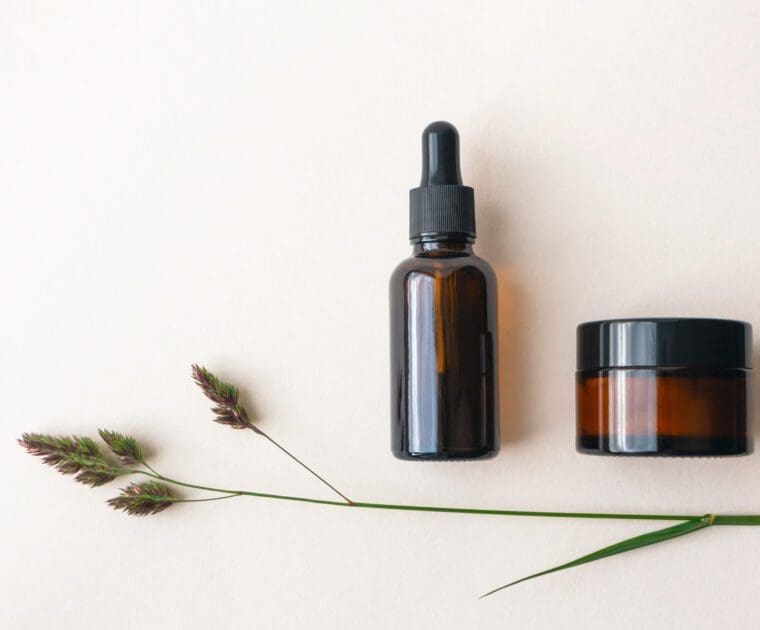In order to ensure a product is indeed a cosmetic product, the product formulation, characteristics, sites of application and intended functions must match the definition of a cosmetic product as defined in the scope of Cosmetic Regulation EC 1223/2009, which came into effect in 2013. Read about the cosmetic product classification.





